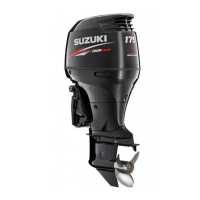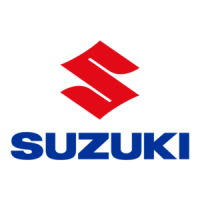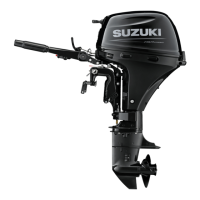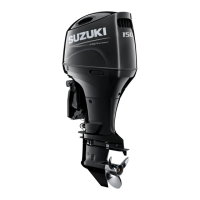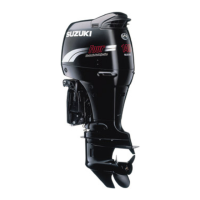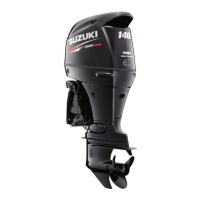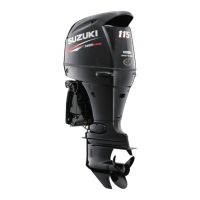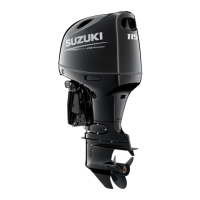What to do if Suzuki DF150 Outboard Motor engine will not start?
- KkristengreenJul 26, 2025
If your Suzuki Outboard Motor engine will not start or is hard to start, make sure the fuel tank is not empty. Also, check that the fuel hose is properly connected to the engine and is not kinked or pinched. A fouled spark plug could also be the reason.
